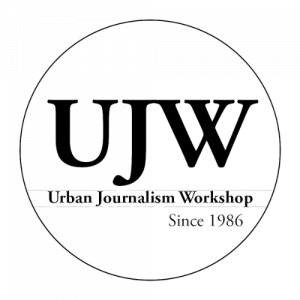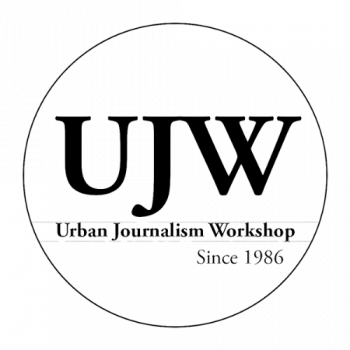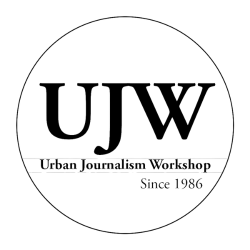By Arman Azad
UJW Staff Writer
VIENNA, Va. – Fairfax County hopes to transform Tysons Corner into one of the Washington region’s premier urban centers, but some local residents in the surrounding region worry about the impact redevelopment will have on their communities.
Companies, such as Capital One, are breaking ground on new headquarters, Metro is revamping its bus lines, and the county has already implemented a plan to create a new street grid in the new Tysons.
With those improvements, however, come drawbacks, according to some residents.
One of the primary concerns among those living around the area is the increase of traffic congestion in the region that will follow the development in the area. Fairfax county officials predict a 10 percent increase in vehicular volume at intersections around the region, according to a 2010 traffic study.
“I’m looking forward to all the new stores and sidewalks, but I’m not looking forward to even more traffic in this area that is already heavily congested,” said Kathy Noroz, a Vienna resident who often takes walks around Tysons and is following the construction of Metro’s new Silver Line.
The new Metro line will transport commuters between Washington D.C. and the growing Northern Virginia suburbs. The first phase of the project, set to open by the end of this year, will consist of four stations in Tysons Corner and one near Reston. The line will eventually extend to Washington Dulles International Airport.
Fairfax County’s accompanying development plan, Transforming Tysons, is planned around the four new stations there, and aims to create a “sustainable, urban center that will be home to 100,000 residents and 200,000 jobs,” according to the county’s official webpage.
The county hopes the resulting transformation will make the area more walkable and pedestrian friendly. Residents, however are wary the development will lead to increased traffic in and out of surrounding areas, especially Vienna and McLean.
“[There will be] more and more traffic in an already heavily congested area,” grumbled Marta Saltus, a McLean resident.
Fairfax County has organized public hearings since the inception of the program to seek input in the matter, serving as a forum for residents who have both praise and concern for the project.
One group, the McLean Citizens Association (MCA), argued at those meetings that the new Tysons would unfairly impact those living in the surrounding areas with increased traffic congestion.
“It’s clear, based on all the hard work done, that while the increased density will dramatically transform Tysons, it could also have a substantial impact on traffic flow in and through McLean and could even affect McLean’s future redevelopment options,” Sally Horn, the president of the MCA, said at a June 2012 meeting, according to the McLean Patch. The association serves as an unofficial town council for McLean residents.
And Tysons will indeed bring more traffic to the region, the 2010 traffic study found. It focused on 19 key intersections in neighborhoods around Tysons found that 11 of those were “failing” and required additional funding to alleviate congestion.
The total cost to solve those problems would amount to $51 million, a large portion of the $70 million that Fairfax County has set aside for tackling Tysons neighborhood mitigation measures through 2030.
But those costs are minimal compared to the benefits some experts believe the redevelopment will bring. According to a fiscal impact study by the George Mason University Center for Regional Analysis, the redevelopment would bring in $555 million in new tax revenue by 2050.
Some local residents, however, don’t believe any amount of money will fix the traffic problems that will come from the population boom.
“There will be more people, and with more people, there will be more traffic. That’s just how it is. Not everybody is going to be able to walk or take the train,” said Vienna resident Hajj Khan.
Others, however, are willing to put up with the traffic. To them, the benefits outweigh the drawbacks.
Living in a grey area between the Town of Vienna and Tysons Corner, Amy Nizad plans on taking the new Silver Line to her job in Washington.
She said, “There’s always been traffic around here. It’s just a way of life in this area. Why don’t they just take the new Metro line and avoid the traffic altogether? That’s what I plan on doing.”


